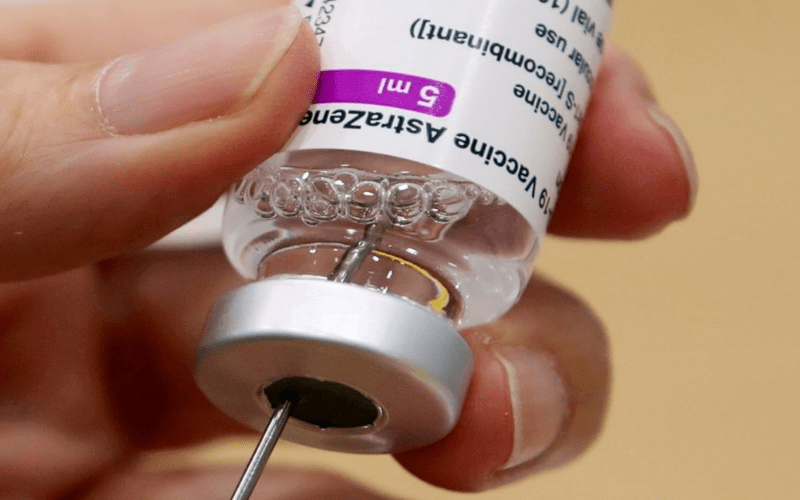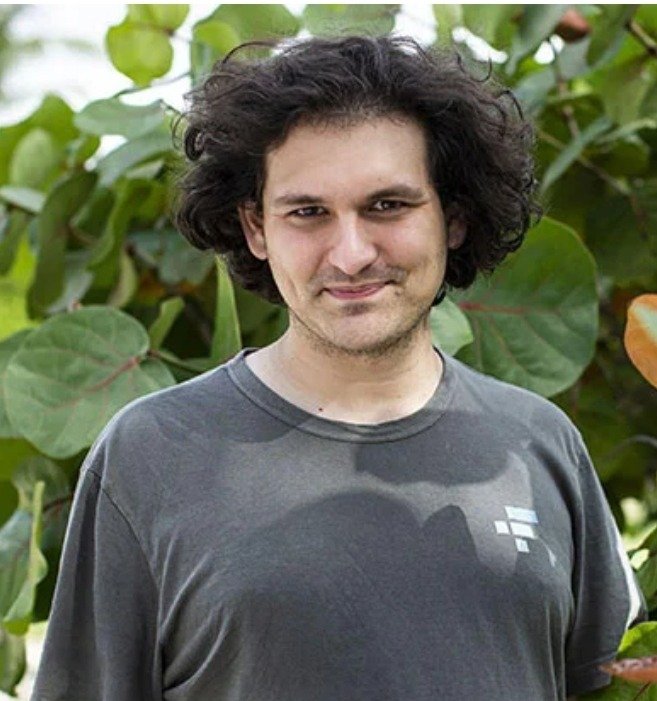With the help of a 3-D printer, scientists have now created mouse ovaries capable of producing healthy offspring.
According to Teresa Woodruff, who led the mouse ovary research, “it’s really the holy grail of bioengineering for regenerative medicine.”
Woodruff, PhD, is the director of the Women’s Health Research Institute, as well as the Chief of Reproductive Biology Research in the Department of Obstetrics and Gynecology at Northwestern’s Feinburg School of Medicine. She is also a Professor of Obstetrics and Gynecology, Engineering, Medical Social Sciences and Medicine.
Woodruff’s accomplishment has given hope to researchers who want to use 3-D printers to replace human ovaries in the near future.
With 3-D printed ovaries, women who have become sterile through medical treatment could regain their fertility. This includes women who have undergone cancer chemotherapy. According to Glenn Schattman, an associate professor of reproductive medicine at the Weill Medical College of Cornell University, women who undergo cancer treatment usually have less than a 5 percent chance of getting pregnant in the future.
Doctors are currently able to help some cancer patients to regain their fertility by removing and freezing some of their ovarian tissue before they begin chemotherapy. Some doctors also attempt to remove and freeze entire ovaries. Once the cancer patient finishes chemotherapy, doctors then transplant the ovarian tissue, or ovary, back into the patient.
However, this practice is not always successful. The ovarian tissue may contain cancer cells, says Woodruff. Also, the ovarian transplants only work for a certain amount of time. This keeps patients from having all of the benefits of a healthy reproductive system, such as healthy bones. According to Woodruff, these complications greatly challenge women who become infertile as children or young adults.
To assist women struggling with infertility, Woodruff and her colleagues found a way to use 3-D printing to reproduce the ovarian three-dimensional structure. These printed ovaries could serve as “bioprostetic” versions of the original organ.
Woodruff’s technique uses gelatin, a naturally occurring substance that helps to create organ structures. “It’s just like the 3-D printers people even have in their homes, but the ink in this case is a biological ink,” says Woodruff.
The 3-D printer places layers of gelatin ink on top of each other, printing very precise patterns. The patterns eventually resemble the three-dimensional structure of a real ovary.
During their research, Woodruff’s team used “a scaffold that was copying what [they] knew the scaffold looked like of the natural ovary.”
To create the mouse ovaries, the researchers printed a pea-sized structure, containing complex formations and tiny pores. This structure ultimately recreated the environment of a natural ovary.
The researchers then implanted follicles, natural tissue from mouse ovaries, into the 3-D printed ovary scaffolds. These follicles, which contained immature eggs and cells, produced the hormones required for reproduction, as well as for other body functions.
Woodruff’s team implanted the partially artificial ovaries into sterilized mice. Blood vessels latched onto the ovaries, enabling them to function.
The researchers soon mated seven of the mice. Fortunately, three of the mice produced two healthy offspring each.
There is a great possibility this procedure could work on humans in the future. Doctors could remove a patient’s ovarian follicles before she begins chemotherapy. The follicles would then be placed into a 3-D printed ovary scaffold. After the patient finishes chemotherapy, doctors would transplant the partially artificial ovaries into the patient.
Kutluk Oktay, a fertility specialist at New York Medical College, finds Woodruff’s research, published in the journal Nature Communications, to be “very exciting.”
“I think it does open a new avenue in the area of reproductive biology and fertility preservation,” says Oktay.
Nonetheless, according to Oktay, a great amount of additional research is required to see if Woodruff’s method of 3-D printing could successfully work on human patients.
























